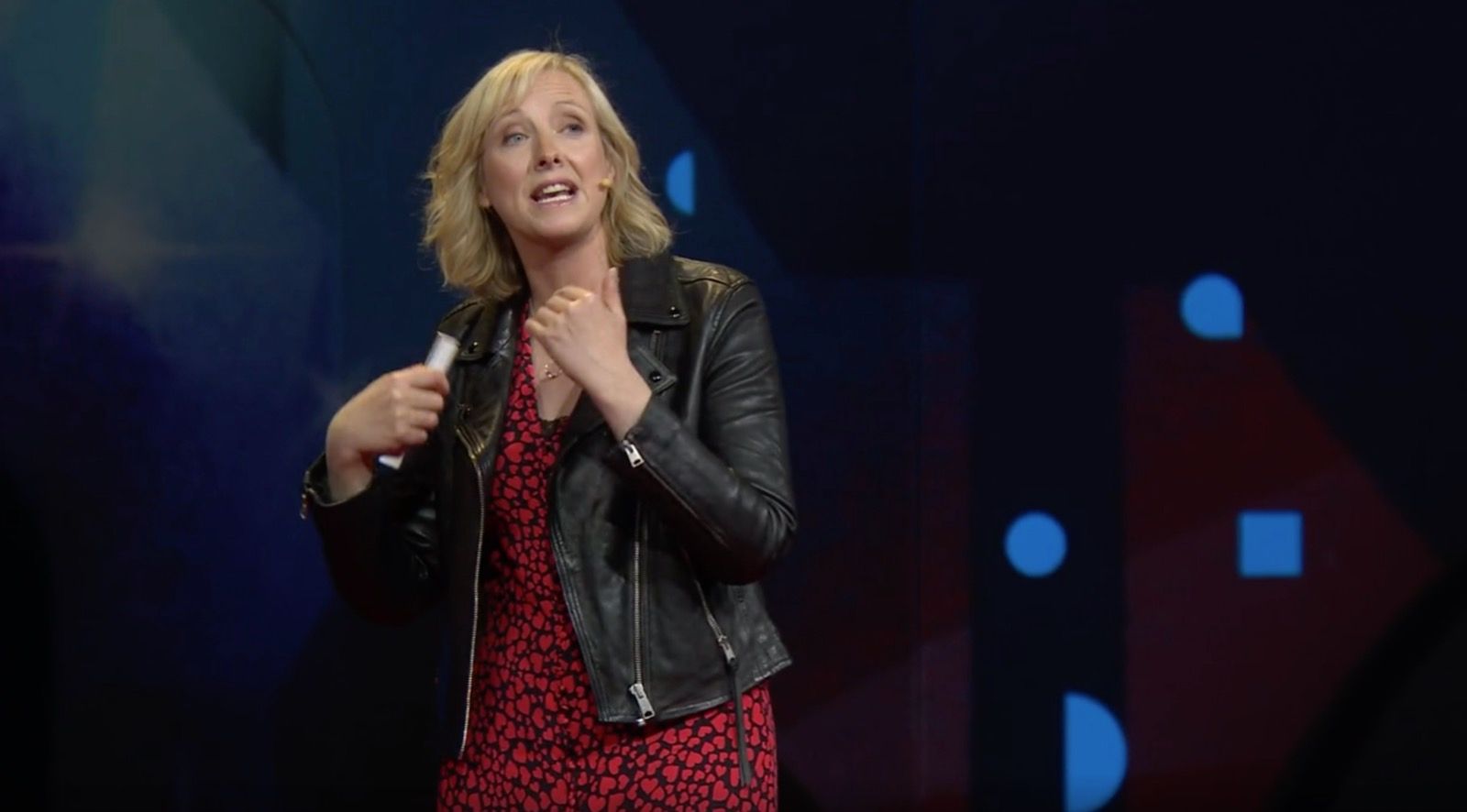Brighton's digerati: understanding the media continuum

It was lovely to see the Brighton digital sector highlighted in The Observer a week ago. With all the fuss about Tech City, interesting online stuff happening elsewhere is all-too-often forgotten.
But what was really nice was to see the pleasure with which the Brighton digerati reacted to the news. My Facebook newsfeed and Twitter timeline were full of friends and contacts celebrating their (or their friends’) inclusion in the article. That mythical old/new media hostility was nowhere to be seen.
For example, I swiped the above photo (with permission) from Antony Mayfield, co-founder of one of the companies featured: Brilliant Noise. (They’re former clients and current friends.) He was more than happy to be featured.
Positing Old and New Media as completely separate sets of businesses is never a useful thing to do. Things rarely divide themselves into such neat categories, and instead tend to form along a continuum. People who try to define them as separate and hostile entities are missing the point – or grinding a big old axe. Back in 2003 when I started this blog it was often the bloggers and “new media” types making the claim that they would replace “old media” – but that was a disguised plea for legitimacy. These says it tends to be the “Old Media” creating the distinction – as a result of seeing their power diffused into a wider range of outlets.
The smart people – and there are an awful lot of smart people featured in that article – understand that the skill is in understanding the continuum between traditional and emerging media, and where you need to be along it for any particular project.
Brighton is full of those people – and it’s good to see The Observer acknowledging it.
Sign up for e-mail updates
Join the newsletter to receive the latest posts in your inbox.









